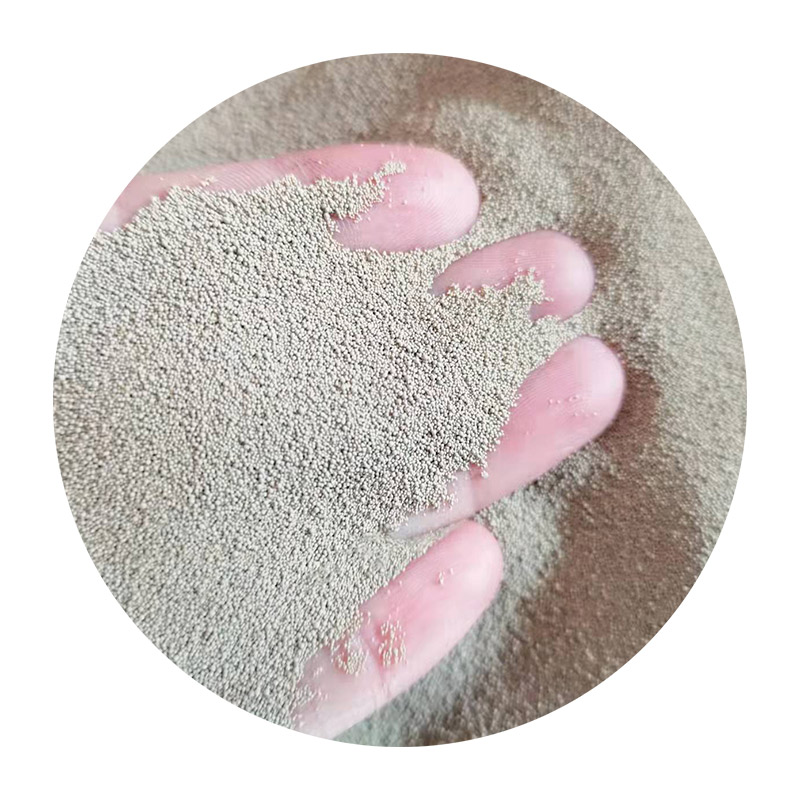Sand Printing Casting A Modern Approach to Casting Manufacturing
In the world of manufacturing, casting has long been a pivotal process for creating detailed and complex parts. Traditionally, sand casting has been a favored method due to its versatility and cost-effectiveness. However, with the advent of innovative technologies, the process of sand casting has transformed, leading to the emergence of sand printing casting. This modern technique combines the age-old method of sand casting with contemporary 3D printing technology, resulting in numerous advantages for manufacturers.
Sand printing casting begins with the creation of a 3D model of the desired part using computer-aided design (CAD) software. Once the model is finalized, a 3D printer equipped for sand printing constructs the mold layer by layer, utilizing a special binder to hold the sand particles together. This automated production saves significant time compared to traditional methods, which typically require manual labor to prepare molds. Furthermore, the precision of 3D printing allows for intricate designs that would be challenging to achieve with conventional sand casting.
One of the primary advantages of sand printing casting is the reduction of material waste. Traditional sand casting can produce significant scrap during the mold-making process; however, 3D printing creates only the necessary mold sections. This efficiency not only reduces costs associated with excess materials but also has a positive environmental impact by minimizing the waste generated during production. In an age where sustainability is increasingly prioritized, this aspect of sand printing casting is particularly appealing.
sand printing casting

Moreover, the ability to produce complex geometries rapidly opens new avenues for innovation. Designers are no longer constrained by the limitations of traditional mold-making techniques. This flexibility facilitates the exploration of advanced designs that can enhance product performance and functionality. Industries such as aerospace and automotive have benefitted significantly from this technology, as it allows for the creation of lightweight components with improved aerodynamics and strength.
Another noteworthy benefit is the swift turnaround time from design to production. Manufacturers can now respond more rapidly to market demands and customize parts to fit specific customer needs. Prototyping, which previously took weeks or even months, can now be accomplished in a fraction of the time, enabling businesses to stay competitive in a fast-paced environment. Additionally, the adaptability of sand printing casting means that small production runs are economically viable, making it an excellent solution for custom jobs or limited-edition projects.
Despite its advantages, sand printing casting is still developing, and challenges remain. The initial investment in 3D printing technology can be substantial, and not all businesses may be prepared to make that commitment. However, as technology advances and costs decrease, it is likely that more manufacturers will adopt sand printing casting as a standard practice in their production processes.
In conclusion, sand printing casting represents a significant evolution in the field of manufacturing. By combining the efficiencies of 3D printing with the timeless techniques of sand casting, this method offers various benefits, including reduced waste, design flexibility, and faster production times. As industries continue to evolve, embracing innovative technologies like sand printing casting will be essential for maintaining competitiveness and meeting the ever-growing demands of the market.
Post time:تشرینی یەکەم . 10, 2024 19:25
Next:cerabead
